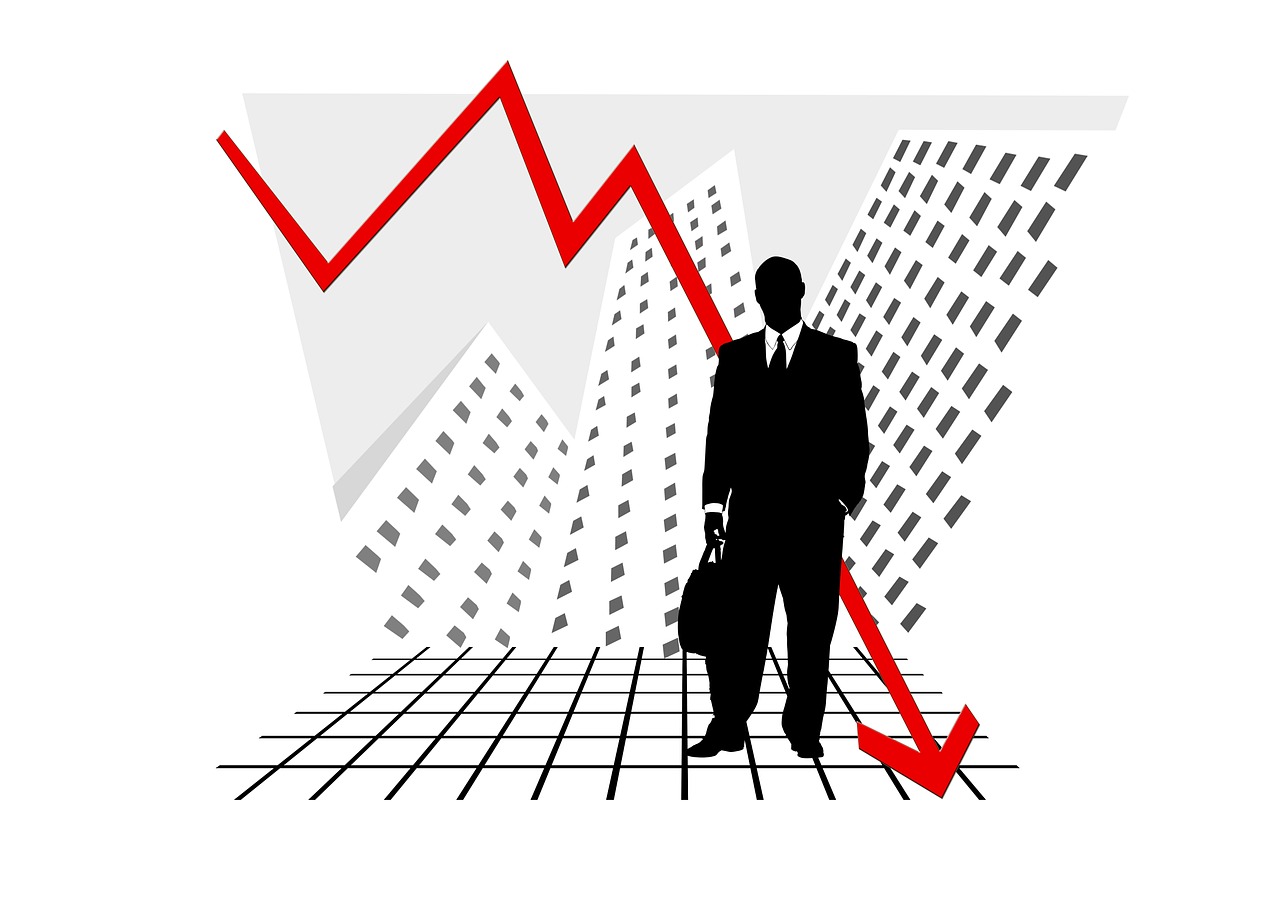If you’re still holding out hope that the Federal Reserve will be able to engineer a soft landing in the US economy, abandon it. A recession is inevitable within the next 12 to 18 months.
In their latest set of projections, Fed officials laid out a benign scenario, in which the economy keeps growing at a moderate pace and unemployment increases only slightly, even as the central bank raises interest rates significantly to get inflation under control. While the Fed’s forecasts have become more plausible over time, I see several reasons to expect a much harder landing.
Q1 2022 hedge fund letters, conferences and more First, persistent price increases have forced the Fed to shift its focus from supporting economic activity to pushing inflation back down to its 2% objective. The central bank’s employment mandate is now subservient to its inflation mandate. This can be seen both in Chair Jerome Powell’s performance at last week’s press conference and in the June FOMC statement, which removed language that the labor market would “remain strong.”
First, persistent price increases have forced the Fed to shift its focus from supporting economic activity to pushing inflation back down to its 2% objective. The central bank’s employment mandate is now subservient to its inflation mandate. This can be seen both in Chair Jerome Powell’s performance at last week’s press conference and in the June FOMC statement, which removed language that the labor market would “remain strong.”
Second, the new focus on price stability will be relentless. Fed officials recognize that failing to bring inflation back down would be disastrous: Inflation expectations would likely become unanchored, necessitating an even bigger recession later. From a risk management perspective, better to act now, whatever the cost in terms of jobs and growth. Powell does not want to repeat the mistakes of the late 1960s and the 1970s.
Third, the current economic expansion is uniquely vulnerable to a sudden stop. In the short term, payroll growth, economic reopening and healthy balance sheets (supported by the vast fiscal stimulus of 2020 and 2021) should support demand, which in several sectors exceeds supply. For example, the two-year cumulative supply shortage in the motor vehicle sector likely amounts to several million units. As a result, it’ll take time and a considerable monetary policy tightening to reduce demand and for that to translate fully into weaker production of goods and services.
But when that time comes, the production adjustment is likely to be abrupt, due to tight financial conditions, restrictive fiscal policy and tapped-out household savings. The broad US equity market is down more than 20%, mortgage rates are up more than 2 percentage points and the dollar is up about 10% against a broad basket of foreign currencies (constraining U.S. exports). The Hutchins Center at the Brookings Institution estimates that fiscal policy shaved more than 3 percentage points off annualized US economic growth in the first three months of 2022 — a drag that is expected to persist through 2023. As inflation outstrips wage growth, the personal savings rate has plummeted, from 26.6% in March 2021 to 4.4% this April, significantly below its long-run average. No wonder consumer sentiment has fallen to levels last reached in the aftermath of the 2008 financial crisis, and Google searches for the word “recession” are hitting new records.
Read the full article here by Bill Dudley, Advisor Perspectives.
